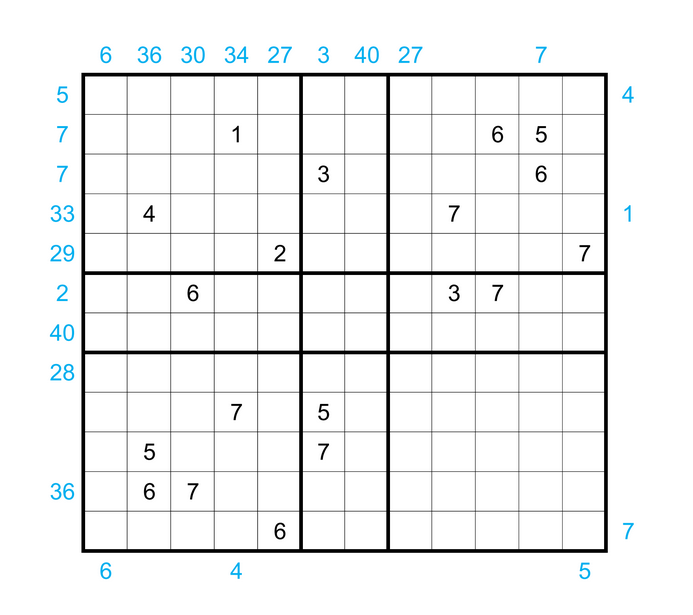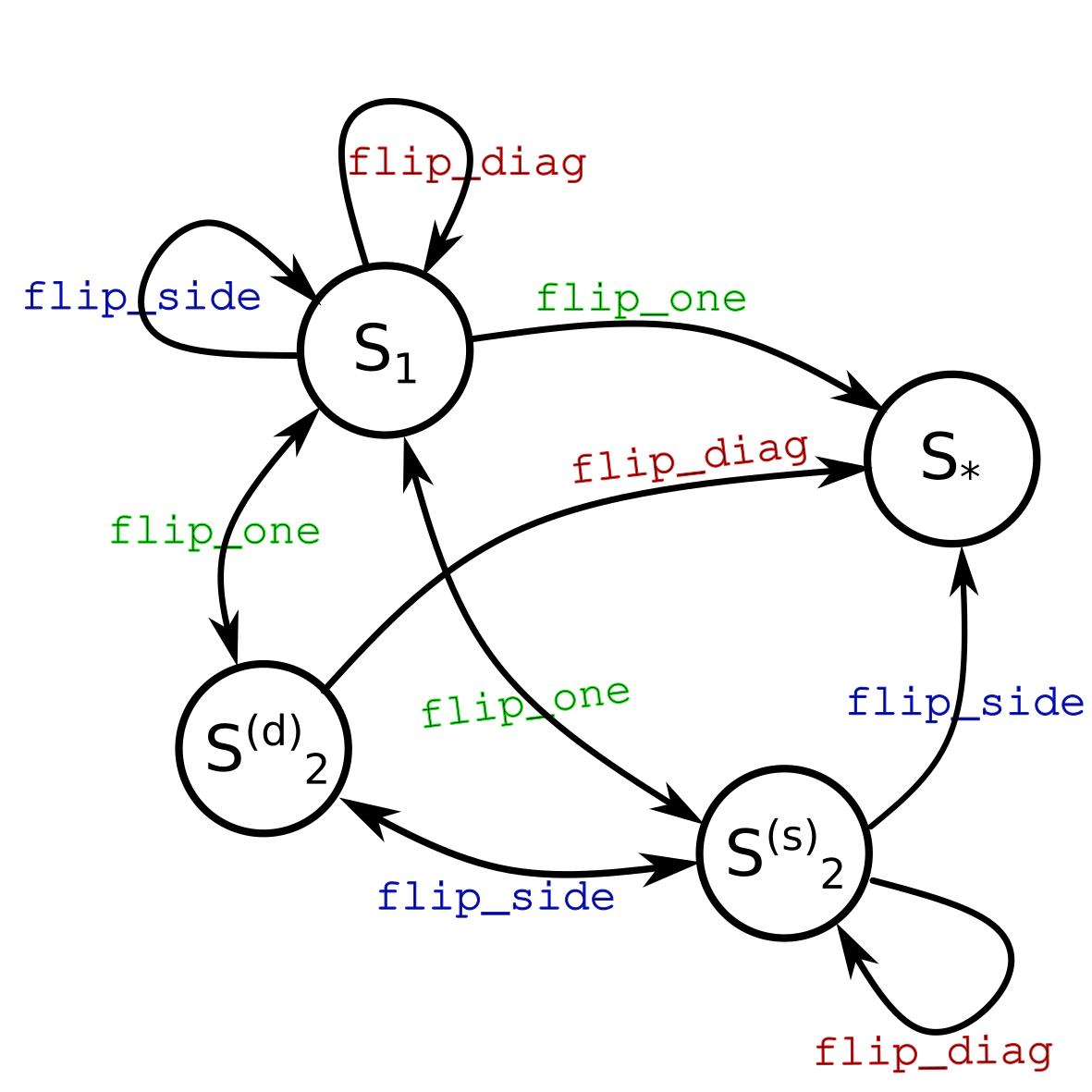Lyapunov Stability, Linear Systems, and Semidefinite Programming
Dynamical systems are ubiquitous models occuring in science, engineering, and mathematics. Not only are they used to model real-world dynamic phenomena like the dynamics of chemical plants, population growth, and physical engineered systems, they can also be applied to model algorithms themselves. This post focuses on linear dynamical systems, their analysis by means of semidefinite programming, and connections with control theory through the computation of quadratic functionals of their paths.








